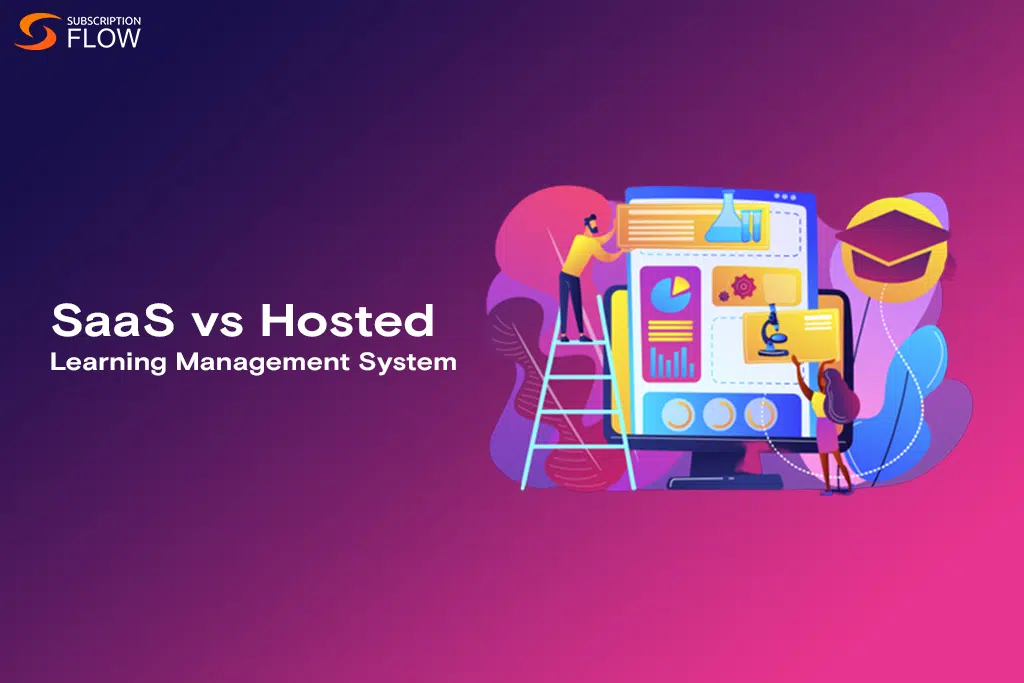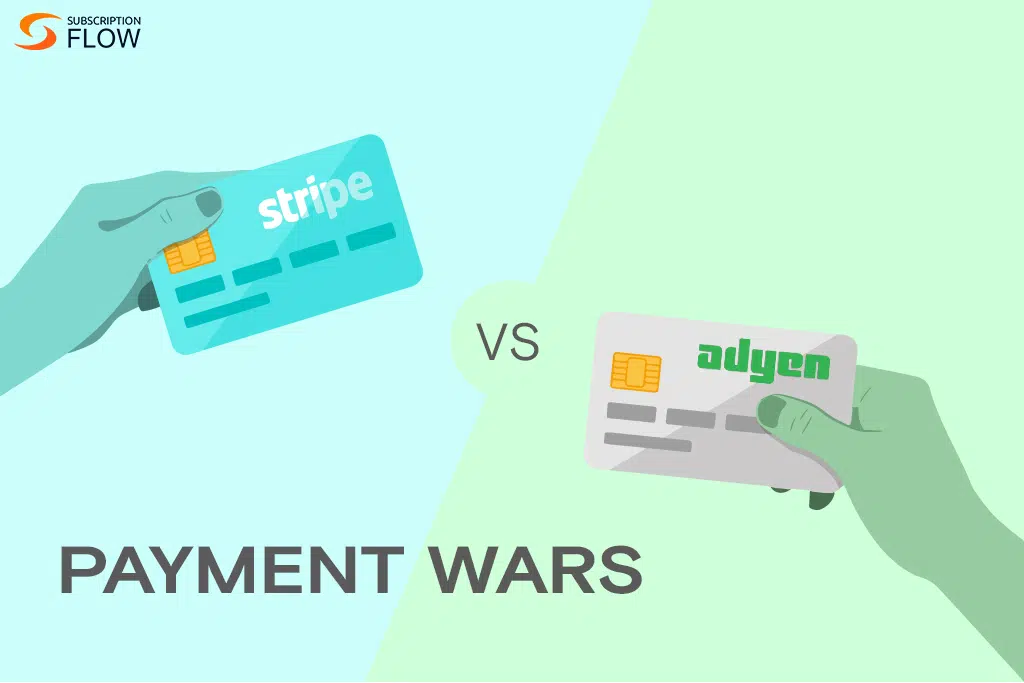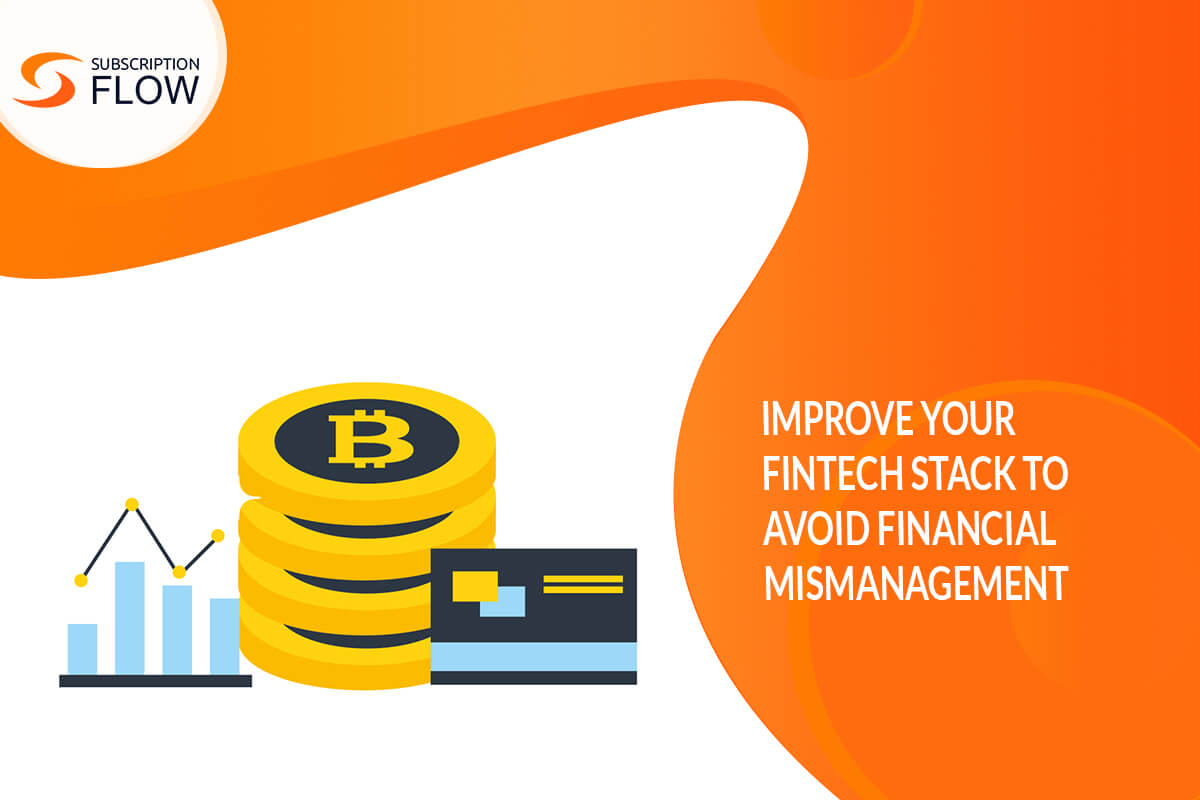
SaaS or Hosted LMS? Which One Should You Go for and Why?
All educational institutes have learned a thing or two from the pandemic. Most have either completely shifted their learning environments online or have had to rely on the idea to make it through the toughest part of the crisis. One of the biggest problems faced by all was trying to figure out how to best design a learning management system (LMS).
Right off the bat, a choice between SaaS or Hosted LMS emerges as the obvious question but even though it might seem simple, there are complexities involved with both that require careful consideration on part of the administration hoping to employ the system. That is to say, you should be asking yourself some questions that can help you figure out exactly what you need.
Some of these questions include:
- Do you want the LMS to be accessible only from registered and connected devices?
- Do you have time constraints and have to instantly start on an LMS?
- Do you want to host the LMS on your site? Do you have the storage, space, and the IT crew required for maintenance of the hosted LMS?
- Do you want to have a scalable LMS to pay as you go or do you want something indefinite and unlimited?
Depending upon your answer, you can make the decision between a SaaS or a Hosted LMS by looking at the details of what you get with both of them below:
SaaS LMS
As the name shows, Software-as-a-service learning management system is a cloud-based platform that will be constructed, hosted and maintained by a vendor of your liking. With a large variety of different vendors offering different kinds of LMS to suit educational institutes, you can browse through features by trying out alternatives to see what works best for you.
Convenient as they are, SaaS learning management systems make it really easy to deploy an easy interface for the faculty as well as the learners to log on to and start teaching and learning respectively. Since they come equipped with features that can include remote meeting options, you can even have the faculty communicate with their learners seamlessly using the cloud-based LMS you choose. The fact that you can sign up for 3-4 SaaS LMS vendors and try out their service right away makes it very appealing for institutes in a hurry to make the decision for the cloud.
Hosted LMS
On the other end of the spectrum, you can choose to have a hosted LMS that, as the name shows, will be hosted on your own site and thus, will bring about its own set of pros and cons. Though many might dislike the time and hassle it takes to get into the nitty and gritty of hosting a learning management system to be used by a thousand people, it’d be wrong to assume that it’s not without its advantages.
For example, while a hosted LMS can require a lot of time, resources and manpower to function properly, it goes without saying that you have the ability to program and design it however you want. That means you can include any and every measure of security, additional features or even completely redesign the LMS to be an all-in-one system for the administration and the students.
SaaS vs Hosted LMS: Which is Better?
To be able to answer the question above, we need to come up with a criterion to see how both of these infrastructural options differ from each other. To help you with this, here’s a breakdown of the characteristics that separate SaaS LMS from Hosted LMS:
Hosting
The obvious difference between the two is of where these systems will be hosted. The infrastructural requirement of a hosted LMS includes a storage space big enough with sufficient resources to start a network that will allow only authorized devices to log in with their registered addresses.
On the other hand, when it comes to SaaS LMS, you don’t have to worry about hosting as all of it will be taken care of by the vendor you’re buying the LMS from. This LMS will be hosted on the cloud and will thus be accessible by any device from anywhere at any time with the given login credentials.
Maintenance
With a SaaS LMS provider, you don’t have to worry about maintenance as you’ll be paying them to keep the service up and running. With the exception of a few instances, you can rely on SaaS LMS to be kept functional.
Whereas, if you’re hosting the LMS on your own site, you need to hire an IT crew just to work on constant maintenance. This will include any and every update comprising bug updates, feature addition or fixes, etc. The problem with hosted LMS gets very complicated at this stage because the updated LMS needs to be installed on every connected device after it’s been installed on the server, and thus, this substantially increases the time it takes to deploy a hosted LMS.
Updates and Upgrades
As explained above, updates on a hosted LMS will have to be rigorously tested and will require time to be implemented depending upon the size of the infrastructural network.
Similarly, if you’re a growing eLearning institute witnessing growth, you’re likely to face server storage limitations as well as those of operational capacity. This will require hardware upgrades as well as software upgrades that will again need to be installed on every device.
This isn’t the case with SaaS LMS platforms that give you the opportunity to install any add-ons or integrations on the cloud and all anyone has to do is refresh their page to have the changes implemented.
In fact, even the process of integrating applications and other software with your LMS can be a simple process requiring nothing more than a few clicks.
Read More: How Important Are Integrations for SaaS Vendors?
Scalability
Lastly, we need to look at how scalable an LMS is before we make a choice. If you’re a small institute and you can’t afford the storage space or the resources to spare for a hosted LMS, it’s best that you start off with a SaaS LMS as they are easy to deploy and allow you the option to pay as you go.
This means you can have a SaaS LMS trial and see how well you’re doing with 10-20 learners and pay for more as your server requirements increase overtime.
However, even though it seems like the easier option, the story can become drastically different if you’re trying to manage thousands of students around the world because in such as case, a SaaS LMS can become costlier than the whole investment venture for a Hosted LMS.
Hosted LMS, though rigid, can require only a few hardware changes to accommodate larger quantities of data, whereas, SaaS LMS will charge you significantly more for each added user.
Read More: Scale Education Business With Subscription Model In 2022
Ready to Make a Move?
Now that you know the differences between hosted LMS and SaaS LMS, it’s time that you get in touch with experts at SubscriptionFlow and get yourself the solution that you need!









